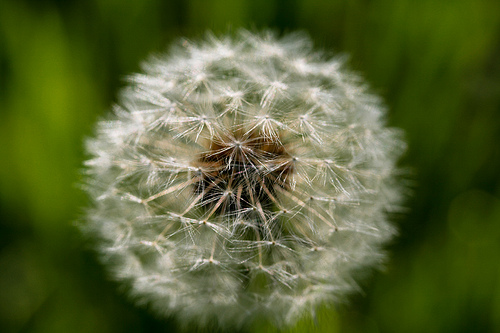By Sasha Moedt (The Cascade) – Email
Print Edition: March 21, 2012
Spring is in the air, and, as allergy sufferers know so well, so is pollen. Seasonal allergies are caused by the budding and blooming of new plant-life that comes with every spring, and more specifically, the level of pollen in the air that is produced by these plants. In the early months, tree pollen dusts the air. Later on in June and July, the grasses pollinate the air, and symptoms worsen as these grasses are mown.
In an article in Canadian Parents on spring allergies, Dr. Paul Roumeliotis outlined the three main symptoms spring allergies cause: nasal, eye and asthma. Nasal can include itchy nose and itchy palate, as well as a stuffy nose. Asthma is respiratory symptoms, the wheezing, coughing, breathing troubles. Eye symptoms are the well-known itching, red eyes that tear constantly like you’re weeping so your friends ask, “Hey… are you okay?”
Spring isn’t a good time to be walking around sniffing, eyes welled up with tears. But you can’t really cure allergies. According to Roumeliotis, allergies are hereditary. “If both parents have allergies, there is a 75-80 per cent chance that their children will develop allergies. If one parent is allergic, then the chance of an allergy developing in his/her child is about 40 per cent.”
However, there are ways to reduce the severity of symptoms. Before looking at medication, find ways to reducing your exposure to pollen. Of course, it’s impossible to avoid pollen completely; however, being aware of pollen index levels in the air could help. “Pollen levels fluctuate from day to day, but seem to be higher during hot humid days,” explained Roumeliotis. You can look up pollen levels on the local weather network, or online. If they are high, avoid being outside for long periods of time. Keep your windows closed, and don’t hang your clothes out to dry, because it will carry the pollen indoors.
Of course it’s difficult to hole up during the spring whenever pollen index levels are high – especially on those hot and humid days. According to Roumeliotis, users of medication should be aware that the best approach is to try to avoid what you‘re specifically allergic to, because medications “treat the symptoms and not the cause of the allergy.”
Depending on your symptoms, there are various over-the-counter medications. Antihistamines can be taken orally or in eye drops. Nasal pumps can also be effective. If these treatments are ineffective, going to your doctor may be your best option.
It’s best to know specifically what you’re allergic to. That way, you can better prepare yourself by starting medications in advance – before that particular pollen becomes airborne. According to Roumeliotis, the only way to know which specific pollen is to take a skin-prick allergy test, or a blood test.
Though you can’t completely avoid the pollen, avoiding the irritant and using medication can lessen the symptoms. Knowing what your allergic to specifically is a huge help to avoid the symptoms, as well. After all, with a long, grey winter behind us, students should be looking forward to spring – not dreading the pollen it brings.


